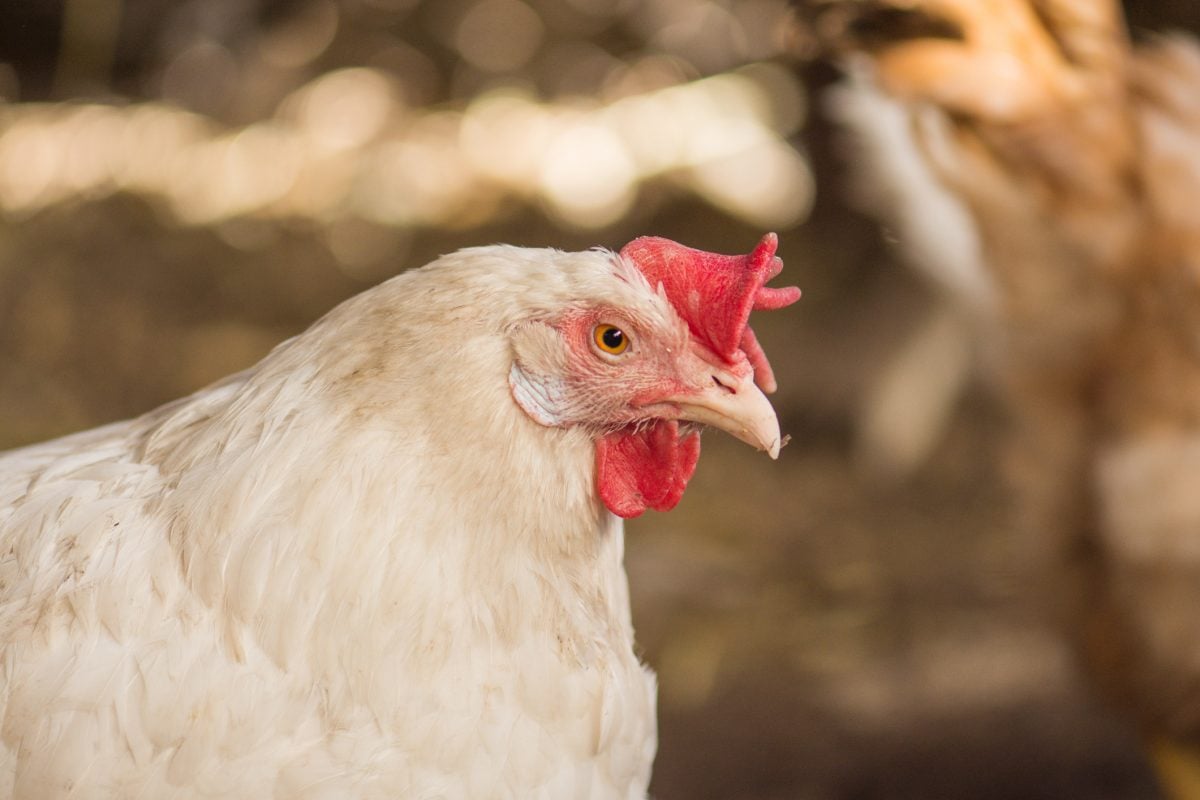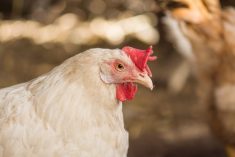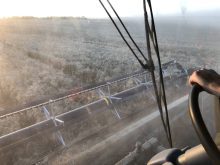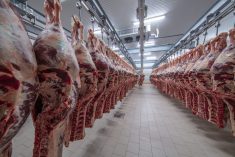Saskatchewan has implemented its own anthrax response program after the Canadian Food Inspection Agency ended its program effective April 1.
Manitoba and Alberta have developed similar plans.
The disease remains reportable to the CFIA, but the federal agency is no longer investigating cases or quarantining premises that are infected. In an interview last fall, Dr. Penny Greenwood, national manager of domestic disease control at the CFIA, said the agency had limited resources and would no longer make anthrax control a priority.
The agency also ended its compensation program to help pay for disposal costs.
Read Also

CFIA says regulatory changes will cut agricultural red tape
The Canadian Food Inspection Agency (CFIA) is set to make seven regulatory changes to cut red tape around agricultural production.
The provinces have stepped in to help pay for advice and assistance, but producers will still have to pick up the bill for disposal costs.
“None of us are paying for carcass disposal anymore and all of us are covering the lab diagnostic portion,” said Betty Althouse, Saskatchewan’s chief veterinary officer.
“The support out on the farms varies on the provincial infrastructure.”
She said the provinces decided there are good public policy reasons to have anthrax control programs. One is to prevent the spread from one premises to another, and another is to make sure humans are careful when handling carcasses of dead animals.
It’s unlikely that people could be infected, but it can happen.
Producers are encouraged to vaccinate their herds and regularly monitor animals on pasture.
After the significant outbreak in Saskatchewan in 2006, Althouse said producers likely did vaccinate, but after several years with fewer cases the rate probably dropped off.
Anthrax spores live naturally in the soil and cause disease when the soil is disturbed due to weather such as flooding or drought. Grazing animals are susceptible because they are breathing in the spores near the ground.
Althouse said it’s important for producers to confirm a dead animal did or didn’t have anthrax because it can spread so quickly, particularly in bison herds.
Anthrax is now a provincially notifiable disease. Once the ministry is made aware of a positive test, it will pay for the cost of the test at Prairie Diagnostic Services in Saskatoon. It will also pay for a couple of visits by a private veterinarian to make the diagnosis and then ensure that proper carcass disposal has taken place.
A communication plan is in place so producers and the public will know as soon as a positive case occurs.
“That may give them an opportunity to consider their risk and maybe round up and vaccinate their animals if they haven’t already,” Althouse said.
She added the cost of this program will depend on the disease itself. If there are only the usual two or three cases a year, it won’t be expensive. A widespread outbreak would require emergency funding.
The province will also implement short-term quarantines and trace any animals that left an infected farm in the previous seven days.
It has ordered some carcass-side diagnostic test kits from the U.S. Navy and will provide those to veterinarians who practice in higher risk areas such as Prince Albert, Melfort, Wynyard, Foam Lake and Yorkton.
In 2012, only three cases of anthrax were reported in Canada. Two involved bison herds in the Saskatchewan rural municipality of Three Lakes and the third was a cattle herd in the Rural Municipality of Kinistino.
No cases were reported to the end of June.
There have been a couple of cases in the northern states.

















